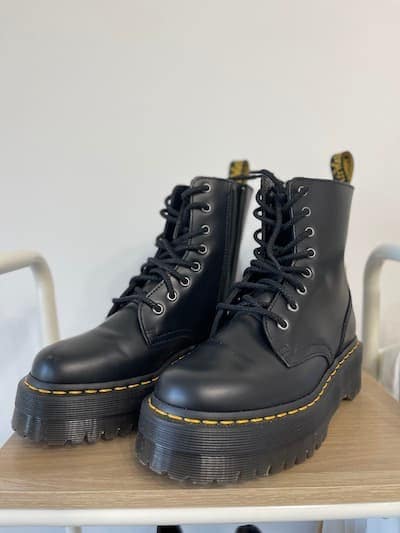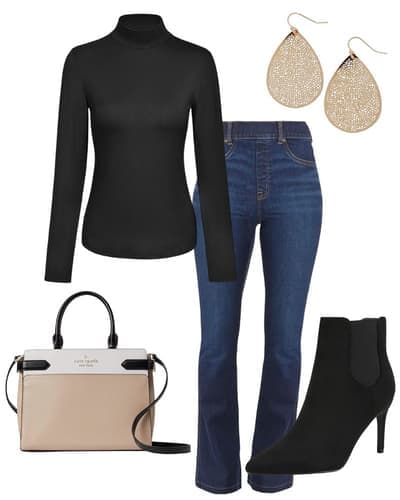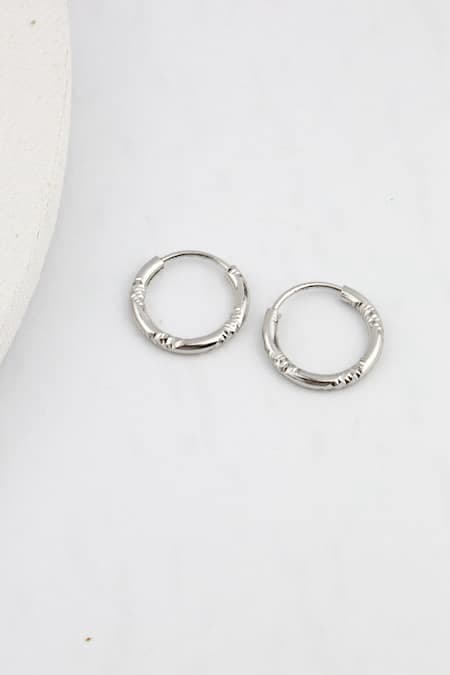What To Wear To Wisdom Teeth Surgery: Do’s & Don’ts
Having surgery for wisdom teeth removal is no fun, but knowing what to wear to wisdom teeth surgery is one of the things you can do to make it more comfortable.
I had mine out a long time ago and let me tell you – you don’t want any extra discomfort.
Wisdom teeth surgery is an outpatient surgery that you’ll stay in your clothes for, you’ll most likely be put under general anesthesia and then go home after it’s done.
So you don’t just have to consider how your outfit will affect you before and during surgery but after as well.
This guide will help you choose the best clothing for wisdom teeth surgery.
What to Wear to Wisdom Teeth Surgery
These general guidelines for what to wear for your wisdom tooth extraction will be super helpful, but you should also check to make sure your dentist or oral surgery center doesn’t have its own more specific requirements.
They are the experts after all and they know all the tips and tricks for the best experience when it comes to comfort and safety during the extraction of teeth.
Now, let’s get into our tips for what to wear for wisdom teeth removal surgery.
These tips should also be followed for the next day after your procedure and maybe even the entire first week following your procedure (depending on you’re feeling of course!)

Non-restrictive and comfortable clothing
Comfort should be your number one priority on the day of surgery.
Most people are going to be uncomfortable enough as it is just going in for a procedure like this.
Go for breathable and loose fitting clothing.
You want easy movement so you don’t have to worry about having a hard time moving around after the surgery.
Airflow is important as well, since you’ll be lying back in a chair for a while and you don’t want to be hot and uncomfortable in the fabric you’re wearing.
Avoid anything that’s too tight like jeans or other pants or shirt fabrics that don’t stretch.
The sweatsuit set above is a great option.
It gives you the ability to layer with a tank top underneath and it also has a quarter-zip neckline which makes it easy to get on and off.
While yoga pants are tight-fitting, they actually allow for a lot of comfortable movement, so these would be a good option as well.
A good rule of thumb for comfort during surgery is not to wear anything that you wouldn’t wear to travel.
Think about what you would wear for a really long flight or a road trip.
You don’t want to add any unnecessary pain to this process, so non-restrictive clothing is always the best choice.
On the other hand, it’s also important not to wear anything too bulky.
Just like you will want to avoid restrictive clothing, you’ll also want to avoid loose-fitting clothing that is extremely oversized.
You don’t want your clothes to get in the way during your pre-op or get in the way of what the oral surgeon and nurses need to accomplish.

Materials and Cuts to avoid
The materials and the cut of the clothing you are wearing are important comfort factors to consider as well.
For instance, wool may be a fabric that keeps you warm in the winter months, but it can be itchy and uncomfortable in certain situations.
Also, the cut of the shirt, like the turtleneck above, or any shirt with a collar that stands up and brushes your neck or face can be very uncomfortable after the surgery is completed.
It’s a good idea to try on anything you’ll be wearing ahead of time and think about how it will feel to lay in that outfit during this kind of surgery.
Additionally, it’s important to make sure that it’s easy to get off without being too snug near your face (like a turtleneck).
Avoid synthetic materials like nylon or polyester, unless they are blended with more breathable fabrics that don’t trap moisture.
I suggest opting for cotton or linen since they’re softer, more breathable, and gentler on the skin.
Comfortable clothes for you may be different than someone else, so just be sure to choose something that works for you.

Layer up
Staying comfortable before, during, and after your dental extraction can be tricky.
Your dentist’s office may give you specific instructions for what type of top to wear because you’ll be getting an IV or they need access to your arm for blood pressure checks.
If you have to wear short sleeves for the procedure, make sure you layer up to stay warm beforehand in the waiting room.
Wear something that’s very easy to remove and put back on after the procedure, since you could have severe pain.
Choose something with a large opening to easily go over your head or even better, something that you can just put your arms through, like the cardigan above.
Some offices are okay with a loose-fitting sleeve that can be easily rolled up for access to your arm.
That would be a good option if you can find something with a wider arm so you can stay a little more comfortable during the procedure.
If you’re the type of person who stays hot, then you may be happy to wear short sleeves and of course, you should do what works for you.
Clothing that’s easy to clean
During your wisdom teeth extraction, you’ll be covered with one of those paper bibs they use during all dental procedures.
But many different dental offices recommend that you wear something that is easy to clean in case there is excessive bleeding or clear liquids like the irrigation they use for cleaning out your mouth happens to splash on your shirt or pants.

Comfortable footwear
You won’t be removing your shoes for your upcoming procedure, but comfortable shoes are recommended.
This isn’t an occasion for high heels or even low-heeled shoes since you might be a little loopy afterward.
Make sure you wear shoes that feel good and are easy to walk in, like the sneakers above.
Sandals or flip-flops are not recommended because your feet may get very cold, as these types of settings tend to run on the colder side.
Remember, you may still feel out of it from being under the anesthesia and you may also be given narcotic pain medications for severe pain control.
So be sure to not only wear shoes that won’t have you falling all over yourself but also to have a family member or another responsible adult with you to make sure that you don’t fall.
Jewelry and other accessories
It seems to be a pretty widely adopted rule that jewelry and accessories are not allowed for any type of surgical procedure.
You might want to check with your dentist’s office about this requirement, but earrings and any kind of facial piercings are generally not allowed during surgery.
You may be allowed to wear a necklace, but again, check with your doctor.
For optimal comfort, I would say leave all the jewelry at home.
Plus, you don’t want to have to worry about something getting broken or lost when you’re coming out of anything more than local anesthesia and don’t really know what’s going on.
Hygiene and beauty products
Make sure you and your clothing are clean before heading out to your surgery.
The surgical area should be as clean as possible, so you don’t want to contribute to any possible infections or other issues that germs can cause.
Your doctor’s office may not allow you to wear excessive makeup, lotion, deodorant, nail polish, or any other beauty products, so be sure to skip those when you’re getting ready for your surgery.
However, as noted previously, it’s always best to double-check with your doctor.
You may not have to skip these things depending on the office you’re having your procedure done.

Contact lenses and glasses
Some doctors suggest that you remove your contacts and wear glasses during your surgery.
If you are undergoing sedation or general anesthesia, contacts are not allowed and glasses won’t be needed until you wake up.
Wear your glasses to the office and have the person who came with you hold onto them during the surgery.
Other Tips for Preparing for Oral Surgery and the Healing Process
- Ask your doctor what to expect, in detail.
- Get a list of do’s and don’ts specific to your doctor’s office.
- The use of an ice pack will be important to your pain management, so make sure to stock up.
- Keep a gauze pad handy in case you have continued bleeding at the extraction site.
- Make sure you have the ingredients for warm saltwater rinses and tea bags for soothing the area. A moistened tea bag and salt water can help with healing after your surgery.
- Make sure you have someone to take you for your surgery and get you home safely. You’ll also probably need someone to stay with you for a while if you are under sedation or general anesthesia.
- Stock up on soft foods. You will want to avoid crunchy and chewy foods after surgery. You can get a recommended list from your doctor.
- Make sure you have a comfortable recovery space prepared so you can sink right into it when you get home.
- Make sure you know your doctor’s recommendations for pain medicine so you can be prepared with OCT pain relievers if you won’t be given a prescription.
Conclusion
A wisdom teeth removal procedure is very common.
However, it’s important to take the steps shared above to ensure you have the most comfortable experience possible!
Just remember, you want your clothing to be comfortable, easy to take on and off, and easy to layer with other items!
Other Posts You Might Like:





